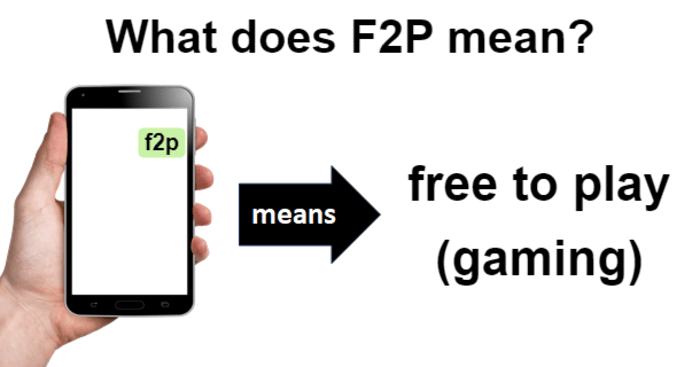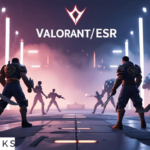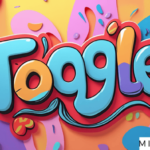What Does F2P Mean in Games?
F2P, or “Free to Play,” follows a model where players access the main game without an initial cost.
However, developers often offer optional purchases for additional content, upgrades, or advantages.
Hey players! Take a closer look at an important gaming concept—F2P. Game developers have revolutionized the industry by providing free access while incorporating optional transactions.
Whether you’re new to gaming or a longtime player, understanding F2P helps you make smarter choices in today’s gaming world.

How F2P Works in Gaming?
Free-to-play (F2P) games let you begin without any initial payment. You can install and access them immediately at no cost.
Seems like a good deal, right? But there’s often a drawback.
Although the main gameplay is free, many titles include optional spending. Looking for a unique outfit for your character?
Need an additional chance to continue? Want to progress more quickly? That’s when in-game transactions come into play.
It’s like getting a complimentary sample at a shop—enticing you to purchase the full version for the best experience.
F2P in Gaming: What It Means
F2P, or “Free to Play,” refers to games that you can download and play without an initial purchase, though they frequently include microtransactions offering visual enhancements, ability boosts, or faster progression options.

Origin of the Term F2P
The free-to-play (F2P) concept existed for years but gained momentum as online and mobile gaming expanded.
Developers likely introduced the term in the early 2000s while exploring ways to attract more players.
The Korean MMORPG MapleStory debuted in 2003 and set an early example of the model.
The game allowed players to download and access it for free while generating revenue through optional in-game purchases, achieving massive success, particularly in Asia.
As smartphones spread, F2P games dominated the mobile gaming market. Titles like Candy Crush Saga and Clash of Clans proved how profitable the approach could become.
Major publishers soon adopted the strategy, with Team Fortress 2 transitioning to a free-to-play format in 2011.
Free-to-Play vs. Pay-to-Play
Let’s compare F2P with its older version, Pay-to-Play (P2P).
| Aspect | Free-to-Play (F2P) | Pay-to-Play (P2P) |
| Initial Payment | No upfront cost; players can download and start playing without charge. | Requires a purchase before playing, either through a one-time fee or a subscription. |
| Recurring Costs | Players can choose whether or not to spend money on in-game items. | Often involves a subscription and may include additional in-game purchases. |
| Content Availability | The base game is accessible for free, but certain features or content may require payment. | Typically grants full access to all game content. |
| Game Updates | Developers release updates to maintain player interest and encourage optional spending. | Updates are usually included, though major expansions may come at an extra cost. |
| Player Community | A large number of players join since there’s no cost to start. | A smaller but generally more engaged player base. |
| Game Fairness | Some players feel that spending money provides an unfair advantage. | Tends to be more balanced, as all players contribute equally to the game’s cost. |
Important:
No single system outperforms the rest; it all relies on the title and the way developers craft it.
A few free-to-play (F2P) experiences remain balanced and enjoyable without requiring any payments, while others often push players to make purchases.
Likewise, not every pay-to-play (P2P) game justifies its cost.
That’s all, players! You now understand the concept of F2P. Whether you try a new free-to-play adventure or stick with a pay-to-play favorite, you now see what goes on behind the curtain.





